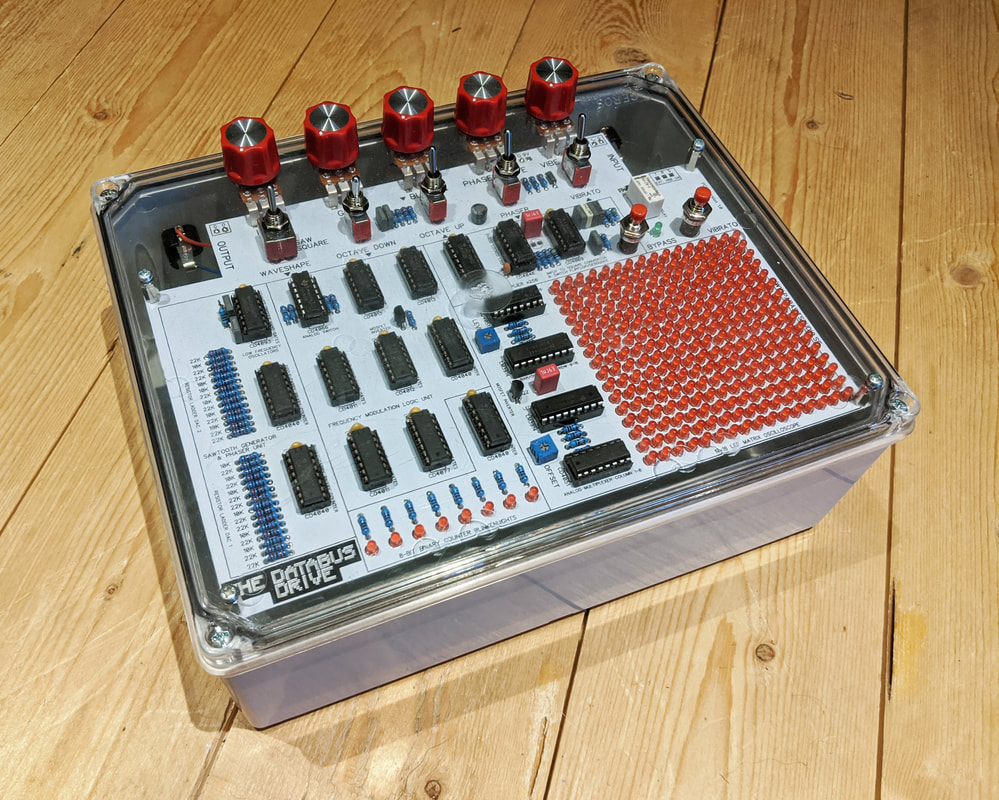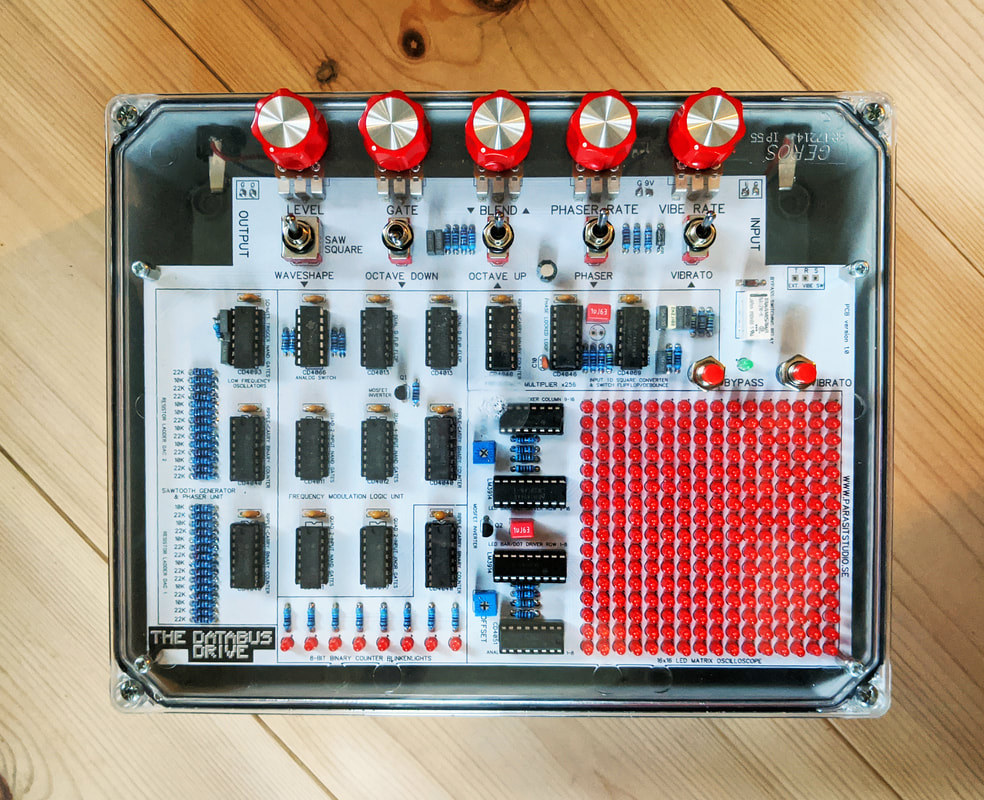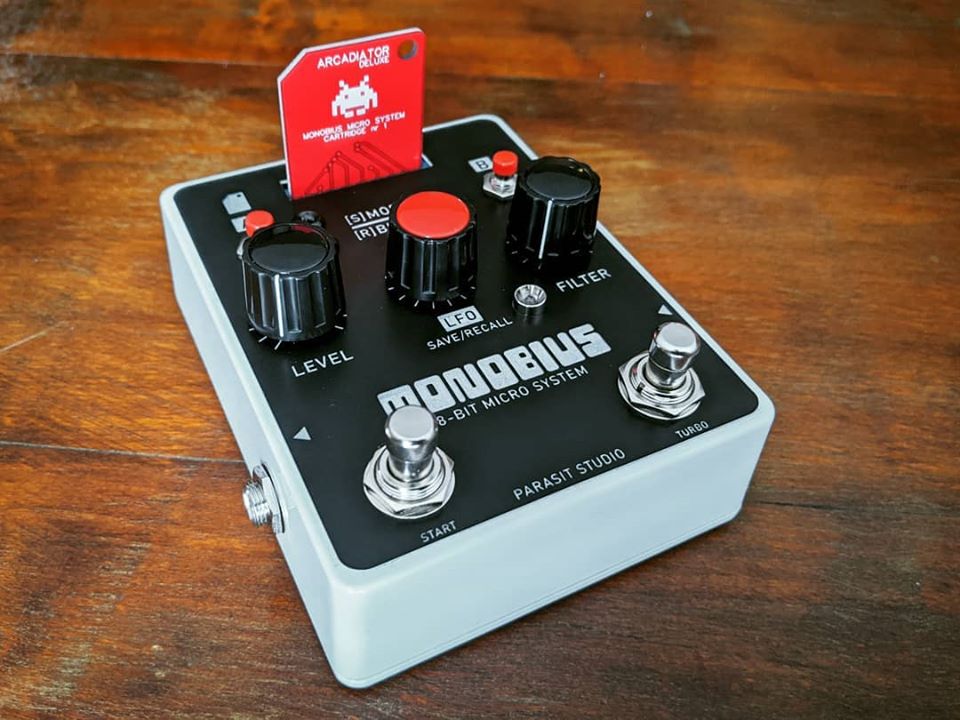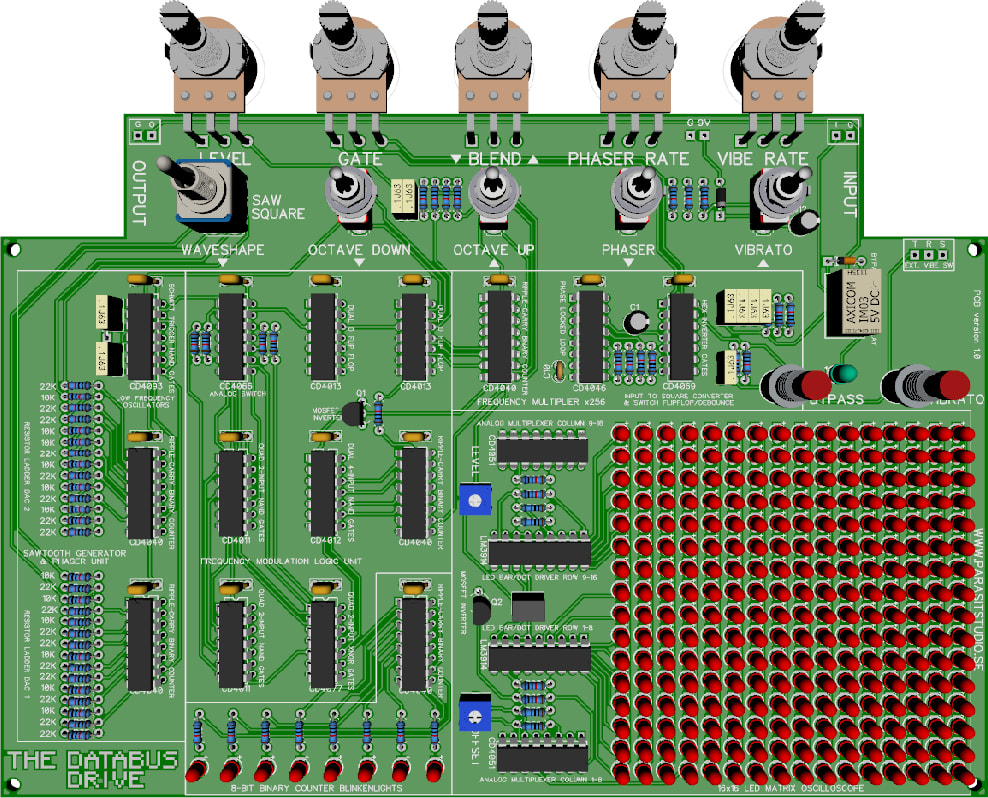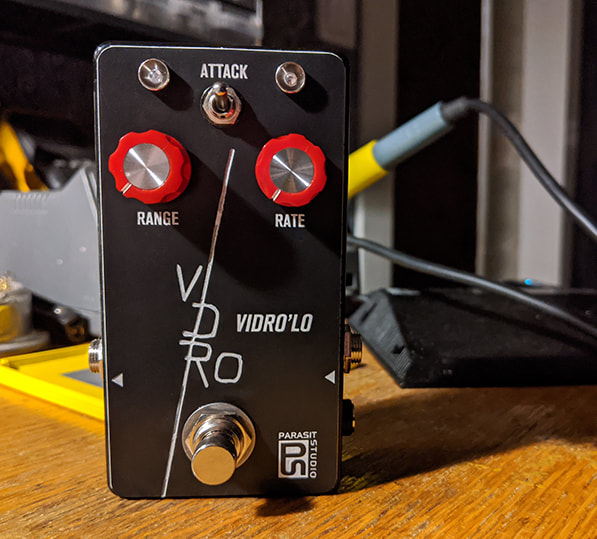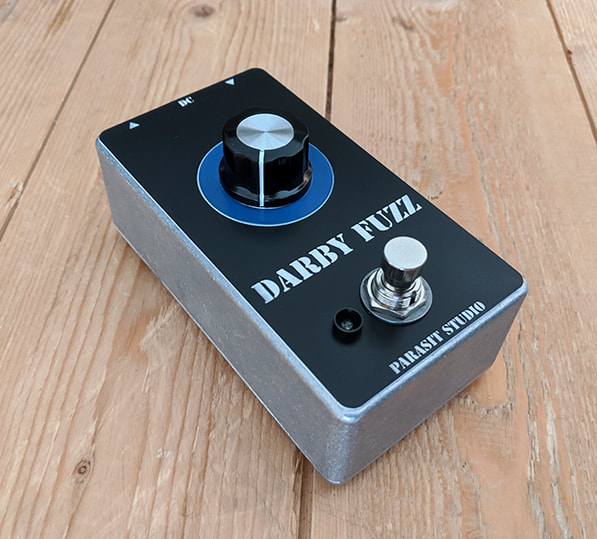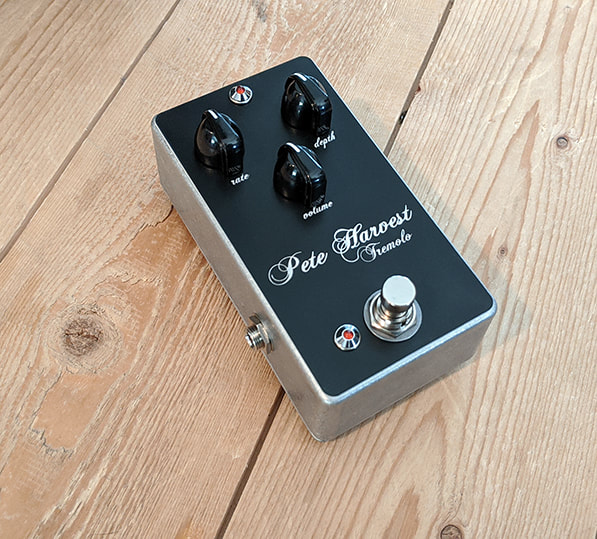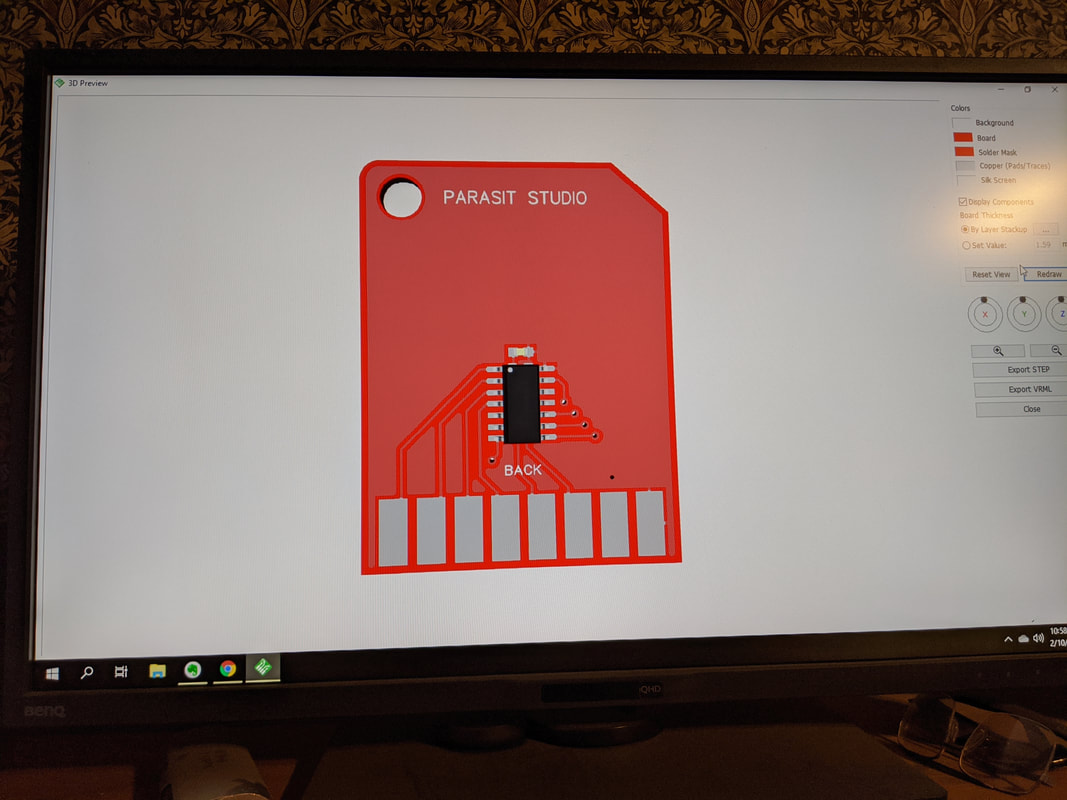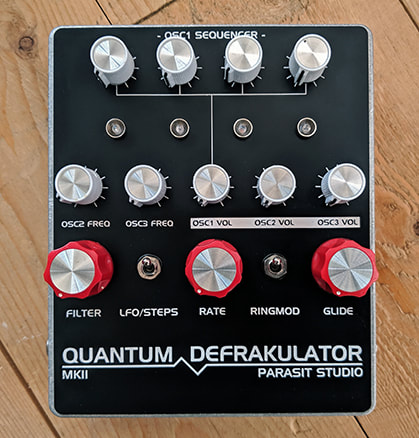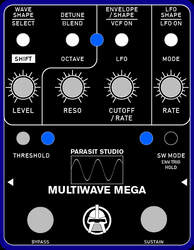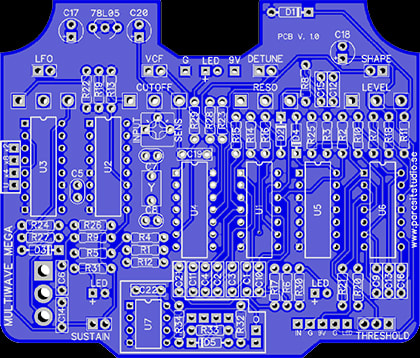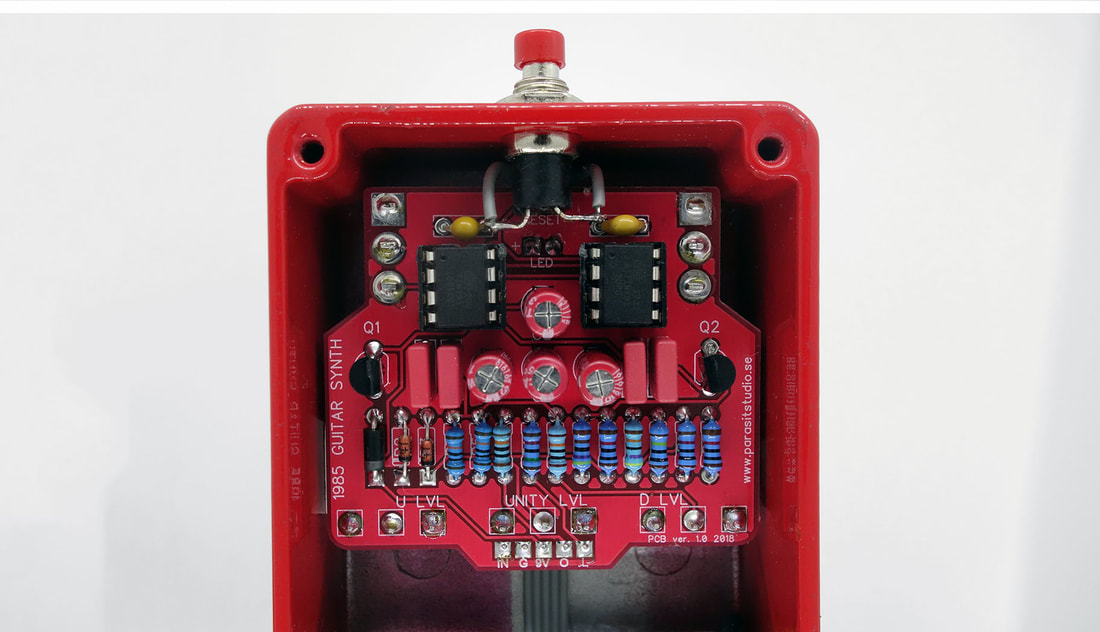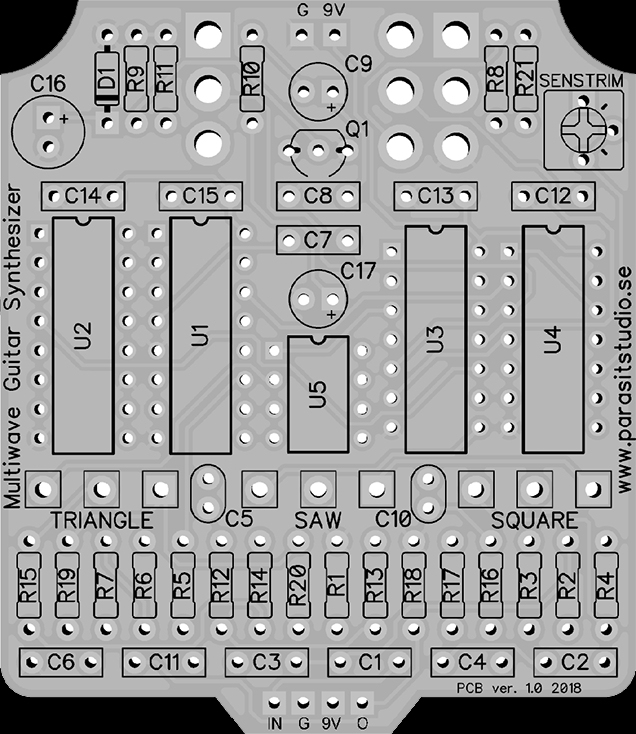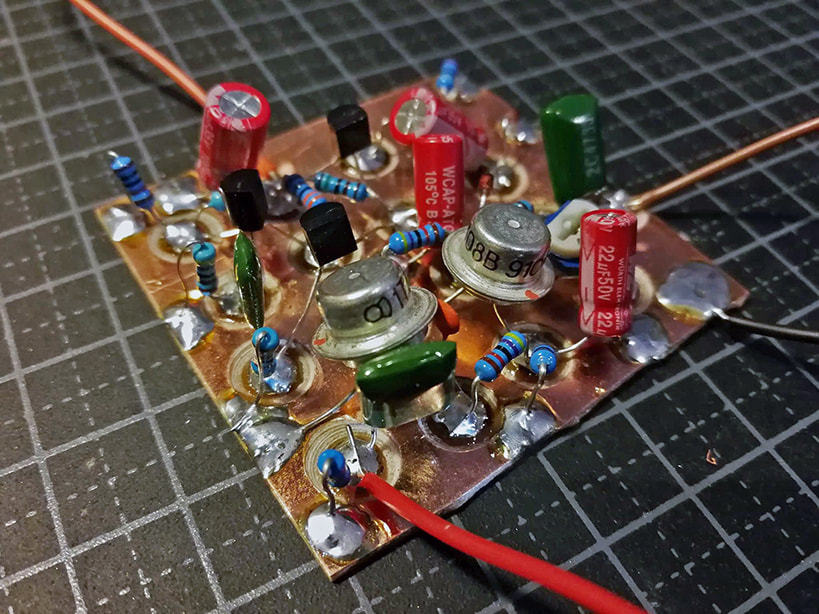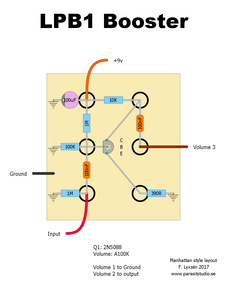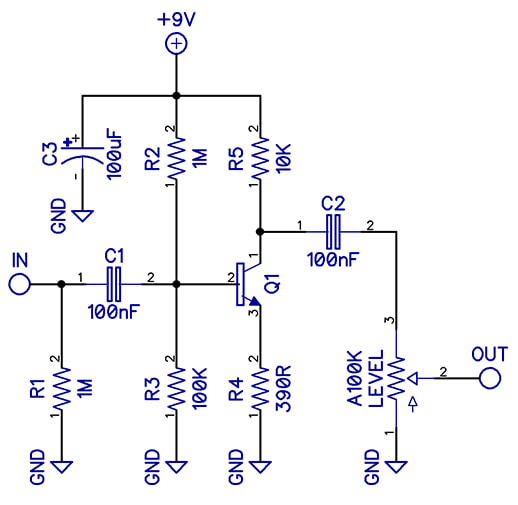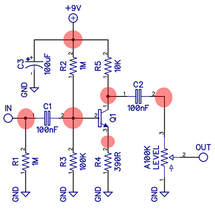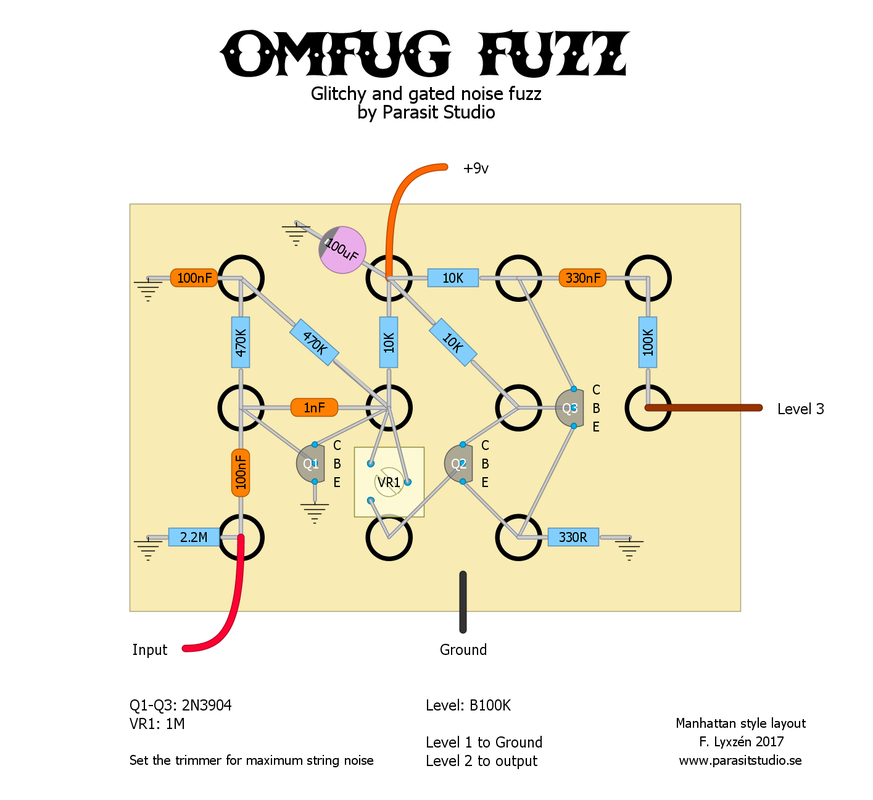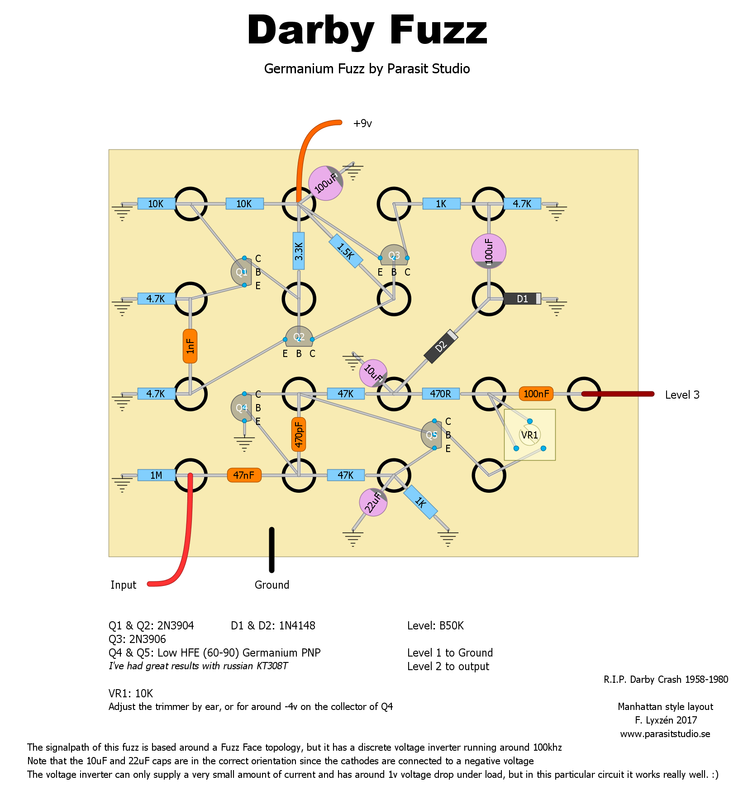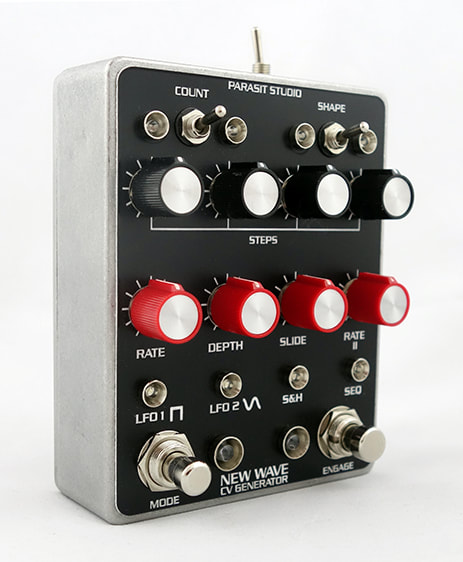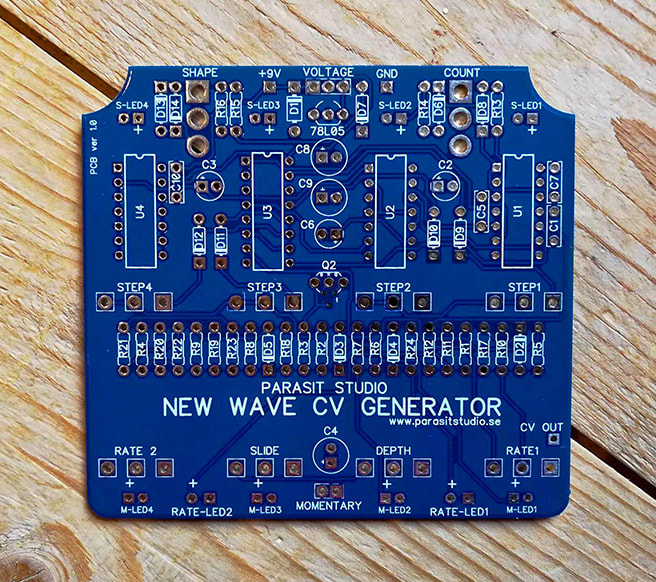2 Comments
Here's what I have been up to lately. Check out the video below for some talk and sound samples. :)
It has a phaser and a vibrato that are both kinda complicated features to pull off with CMOS only, hence the big number of chips in this one. I had these features going with a microcontroller, but I thought that it was fun to see if it could be done with CMOS instead. Otherwise it's nothing super special. No filter or envelopes. But I think it will be a very cool effect as a whole. Right now i'm waiting for the prototype PCB's and a ton of LEDs to arrive. Can't wait to build this one. :) If enough people are interested in this one, then I will do a limited run of PCB's for DIY (it's a huge and expensive board). Just note that the PCB isn't designed for any standard enclosure size (but there are some plastic electronic boxes with transparent covers that can suit the PCB). A few custom builds I usually don't accept custom requests, but because of the Corona Situation i've been building a few pedals for birthday gifts ect.
The corona virus is effecting all our lives.
As a person with chronic autoimmune disease i'm worried for my own health. I'm also concerned for my old and frail parents. Luckely, the situation here in Sweden is still mild compared to many other countries, but I guess that we haven't seen the worst yet. Sweden has a more liberal approach with less restrictions than its neighbouring countries. Whether it's good or bad is up for debate. Beside the loss of lives, it's very upsetting to see alot of people are loosing their jobs and businesses to face an uncertain future. I make my living as a freelance sound engineer and I normally have 2-3 months ahead fully booked with shows and lectures ect. So far every single job for the foreseeable future has been cancelled (Sweden currently has a 50 people cap restriction). My only income now is from the Parasit Studio webshop and cooperation with Musikding for the DIY kits. It's not nearly enough to make a living, but my wife can still work so we will manage. I'm not that concered with my income as I am about my health. The only positive thing about all this is that alot of people now have much more time for building pedals. Myself included, so alot of fully assembled Parasit Studio pedals are coming, and perhaps a new DIY project or two aswell. :) That said, if you are planning to build a Parasit Studio project using one of my vero layouts, please consider buying a PCB insted. I would really appreciate the support. You can also donate (link at the bottom of the About page). Thanks! The webshop will still be up and running as usual. So far the postal service is shipping normally, at least to US and all EU countries. Stay safe / Fredrik
I plan on releasing a few more "normal" pedals going forward, so stay tuned.
/ Fredrik Hi folks! Here' alittle bit of news. :) New DIY project release!Today it's the release of a new DIY project - the 1985 Guitar Synth
Upcoming DIY Projects
Some people would probably not agree with the disadvantages I listed since I've seen people go crazy with complex build using IC chips and even SMD components on Manhattan style builds.
I try to keep the distance between the middle of the pads to around 8mm-13mm so that the components are tight together, but not too close that is becomes too fiddely to work with. After the pads are made I like to pre-solder all the pads - just fill them up with a decent amount of solder. Now the board is perpared and it's time to start soldering in the components. Cut the legs of the component alittle shorter (check the distance against the board) and bend the legs alittle to make small "feet". Reflow the solder of the pad and put the component in. Hold it and let it cool for a few seconds, then do the other side. As you go along there will often be several components connected to the same pad, and then it helps to apply some new solder to the pad when adding more components. I find that it's best to start in the upper left corner and work your way through the board from left to right.
As you can see in this example, the layout follows the schematic with a few minor changes (just to have the pads lined up nicely). I normally just use pen and paper to make the layouts, but I wanted it clean and easy to read for this presentation. Parasit Studio originalsI made two original designs specifically for Manhattan style of building. :)
CONCLUSIONEven through it might seem like a step backward, it's been really fun to make something different for a change. Expanding my bag of tricks, learning and challenging myself to come up with new stuff is what keeps this hobby fun and interesting for me. I haven't seen many pedalbuilder using this technique and I was inspiried to try it from a great HAM radio guy that I follow on youtube.
Check out his channel: https://www.youtube.com/user/w2aew/
I have not made a proper demo yet, but here are a couple of examples.
I hope you like it! :)
|
